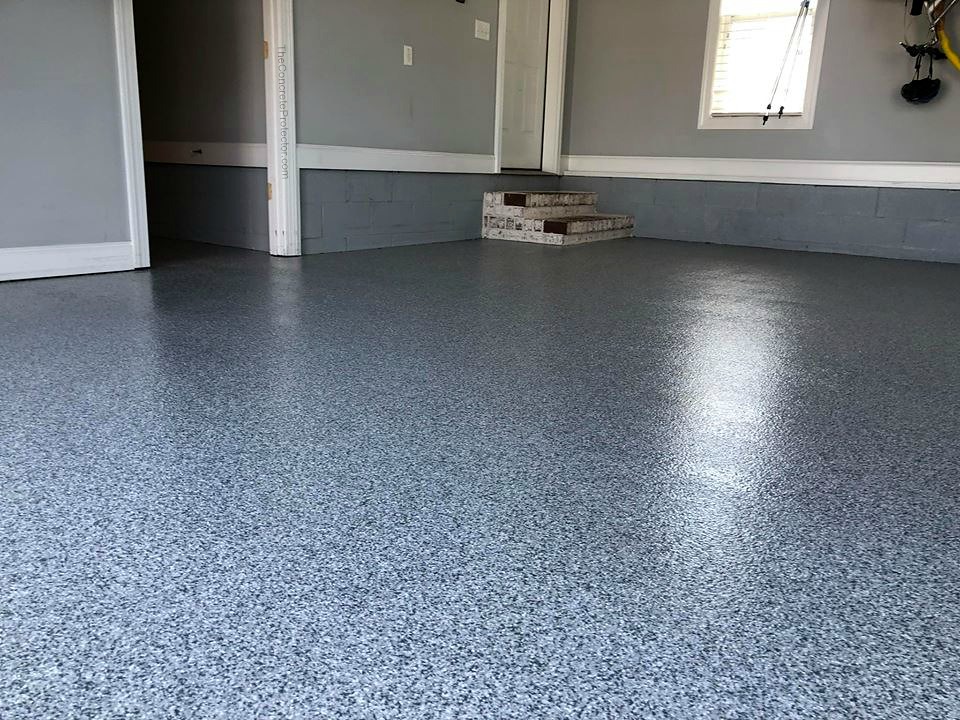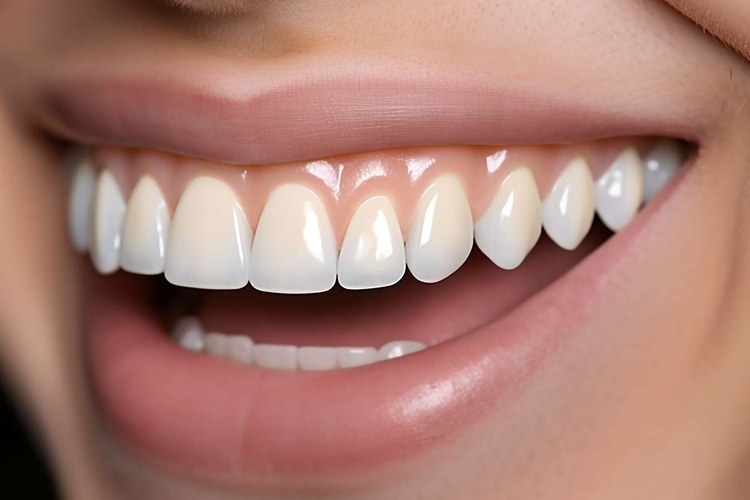Upgrade Your Garage Floor: Epoxy vs Polyaspartic
Transform your garage from plain concrete to a durable, easy-to-clean surface with the right floor coating. This guide compares epoxy and polyaspartic coatings—covering durability, UV resistance, curing times, application steps, and cost estimates—to help you choose the best option for protection and style.

A garage floor does more than support your car; it affects cleanliness, safety, and the overall look of your home. Applying a professional-grade coating protects concrete from stains, chemicals, and wear while improving maintenance and curb appeal. This guide breaks down why coatings matter, how epoxy and polyaspartic systems differ, what the installation entails, and what you can expect to pay.
Why invest in a garage floor coating?
Coating a garage floor extends the life of the concrete and reduces ongoing maintenance. Finished floors resist oil, transmission fluid, solvents, salt, and other contaminants that otherwise soak into bare concrete. They also protect against abrasion and chipping from heavy tools and traffic. Beyond practical protection, coated floors are far easier to sweep and mop, and they give your garage a polished, professional appearance that can enhance resale value.
Additionally, many coatings improve traction and hide imperfections. Decorative options, like color pigments and broadcast flakes, let you customize the look to match the rest of your home or workspace.
Epoxy versus polyaspartic: how they compare
Both epoxy and polyaspartic coatings form tough, protective layers on concrete, but they have distinct advantages and trade-offs:
-
Epoxy: Epoxy resin systems produce a hard, resilient surface that stands up to heavy loads and chemical exposure. They’re widely available, come in many colors, and accept decorative flakes well. Epoxy is often more budget-friendly than polyaspartic alternatives. The main drawbacks are longer cure times—installation can stretch over multiple days—and potential yellowing or discoloration if exposed to sunlight without UV-stable topcoats.
-
Polyaspartic: A newer technology, polyaspartic coatings are rapid-curing polyurea-based systems that let homeowners use the garage much sooner—often within the same day. They resist UV fading, maintaining color and clarity longer than many epoxies, and perform well in a wide temperature range. The faster cure and higher-performance chemistry usually translates to higher material and labor costs. Polyaspartic systems can also be more demanding to apply correctly, which sometimes makes professional installation a smart choice.
What happens during application?
A successful floor coating begins with careful preparation. The concrete must be clean and profiled so the coating bonds properly. Typical steps include:
- Cleaning: Remove grease, dust, and existing sealers. Pressure washing and degreasing agents are commonly used.
- Surface profiling: Contractors grind or shot-blast the slab to create a porous, textured surface the coating can adhere to.
- Repairs: Cracks, spalls, and voids are filled and smoothed with patching compounds.
- Moisture check: High moisture can cause adhesion issues; installers may test and address moisture before proceeding.
- Priming: A primer coat improves adhesion and can block minor moisture migration.
- Base coats: The main coating—epoxy or polyaspartic—is applied in one or more layers to reach the desired thickness and durability.
- Decorative broadcast (optional): Flakes or chips can be scattered into the wet coating to add texture and visual interest.
- Clear topcoat: A protective clear coat adds gloss, chemical resistance, and UV stability when needed.
Temperature, humidity, and ventilation matter for proper curing. Epoxy systems can require several days between coats and full cure times of up to a week, whereas polyaspartic systems often cure within hours and can allow vehicle traffic the same or next day.
Costs and a quick comparison
Costs depend on the coating type, garage size, slab condition, and local labor rates. Typical professional installation price ranges are shown below.
| Coating Type | Average Cost per Sq. Ft. | Pros | Cons |
|---|---|---|---|
| Epoxy | $3 - $7 | Durable, wide color options, cost-effective | Longer cure time, can yellow with UV exposure |
| Polyaspartic | $6 - $12 | Very fast curing, UV-resistant, long-lasting | Higher cost, more sensitive application conditions |
Prices, rates, or cost estimates mentioned in this article are based on the latest available information but may change over time. Independent research is advised before making financial decisions.
DIY vs. professional installation
DIY kits exist for both epoxy and polyaspartic coatings and can be suitable for experienced homeowners on small projects. However, surface preparation, mixing ratios, and fast-working polyaspartic chemistry can challenge amateurs. Professional installers bring equipment for grinding or shot blasting, expertise in moisture mitigation, and controlled application conditions to reduce the risk of bubbling, peeling, or uneven finishes. Many contractors also offer warranties that can make the higher upfront cost worthwhile for long-term value.
Making the right choice
If budget and a classic finish are your priorities, epoxy remains a solid option—especially for garages with minimal UV exposure. If you need a quick turnaround, superior UV stability, and a resilient surface in variable temperatures, polyaspartic is often the better investment despite the higher cost. Consider factors such as sunlight exposure, how soon you need to use the space, aesthetic preferences, and whether you prefer a DIY project or a professional installation.
A well-selected and properly applied garage floor coating protects your investment, reduces maintenance, and elevates the look and function of your garage for years to come. Take time to evaluate products, request contractor references, and weigh long-term durability against initial cost to choose the system that best meets your needs.






